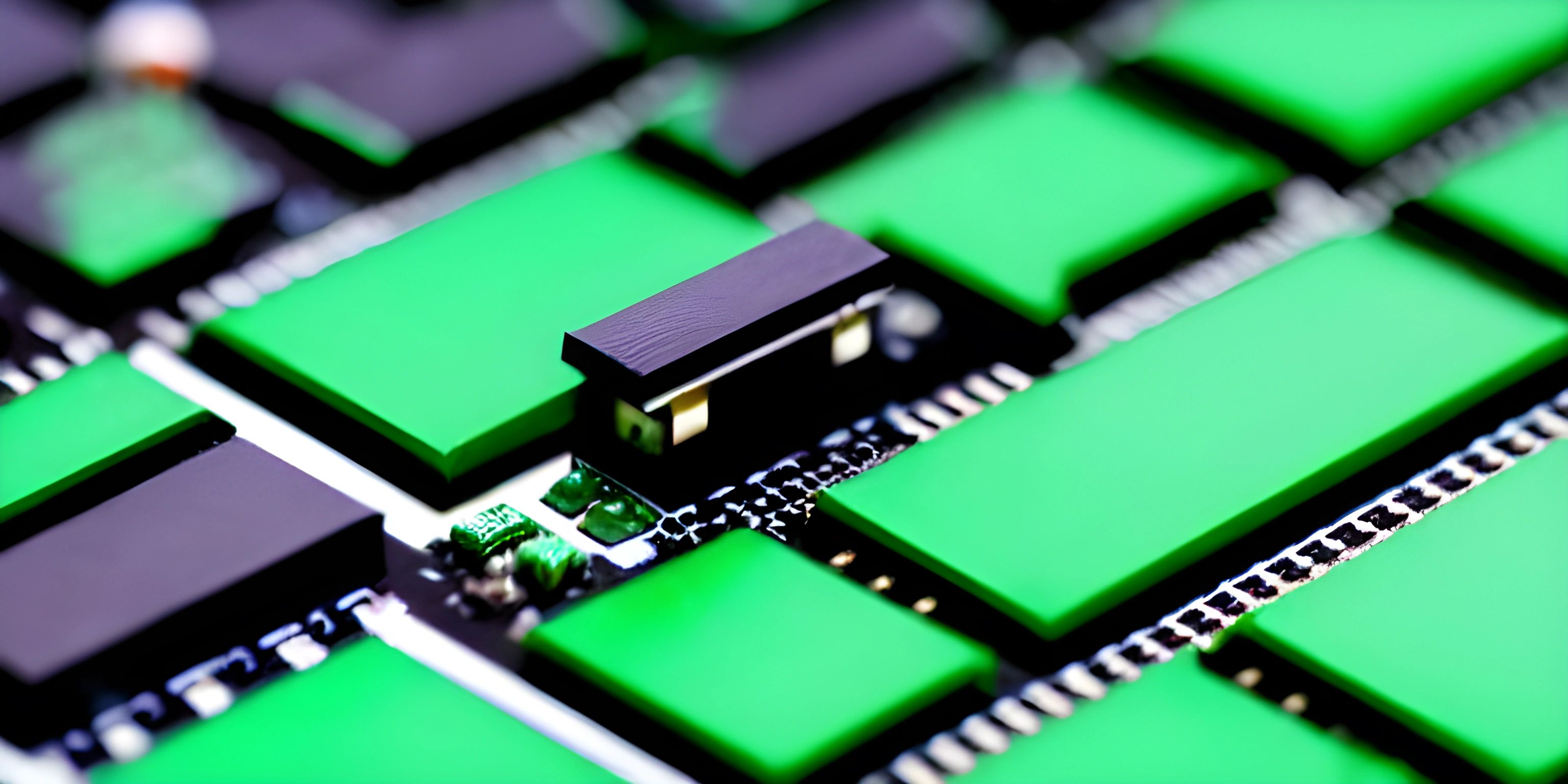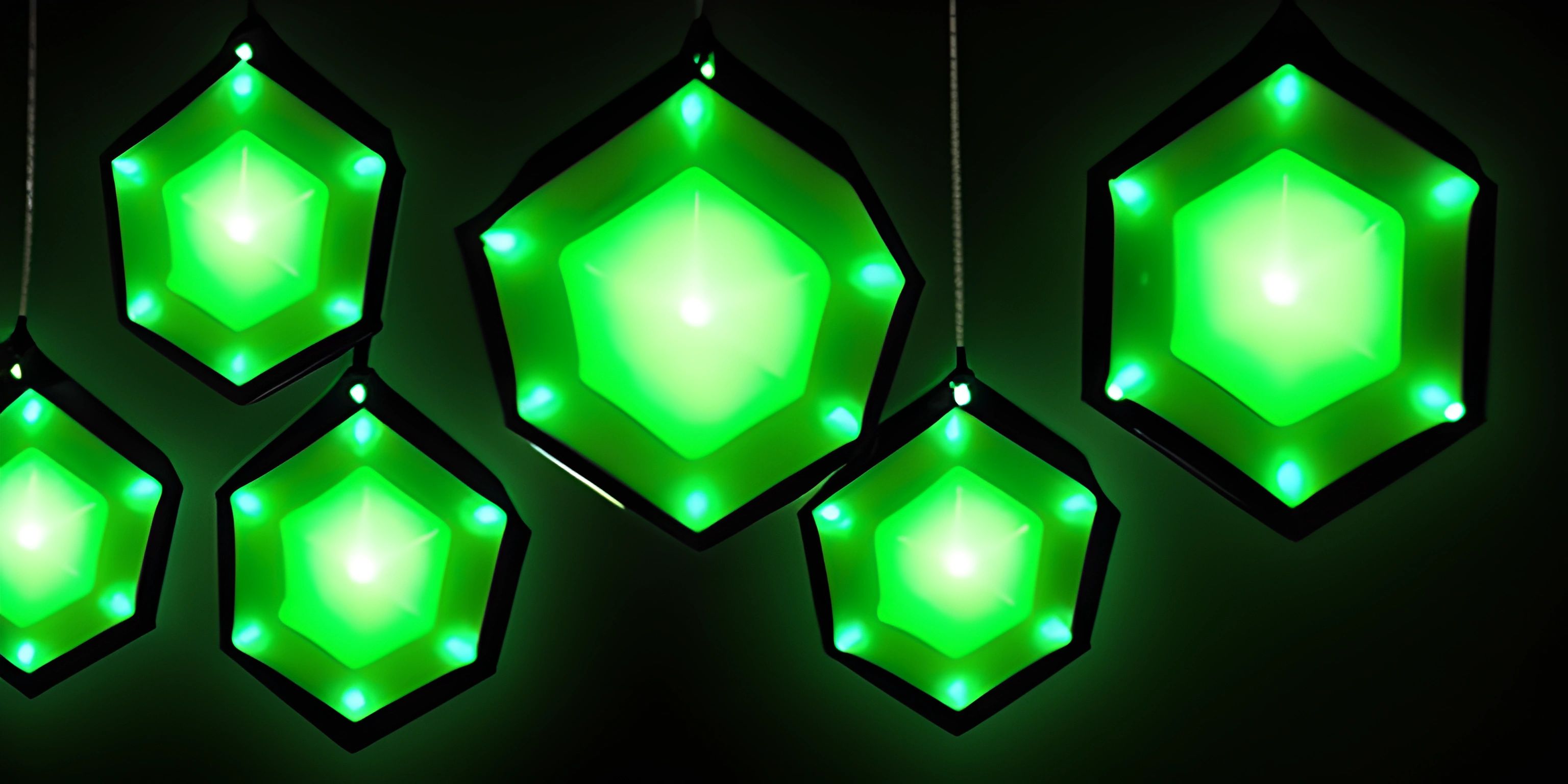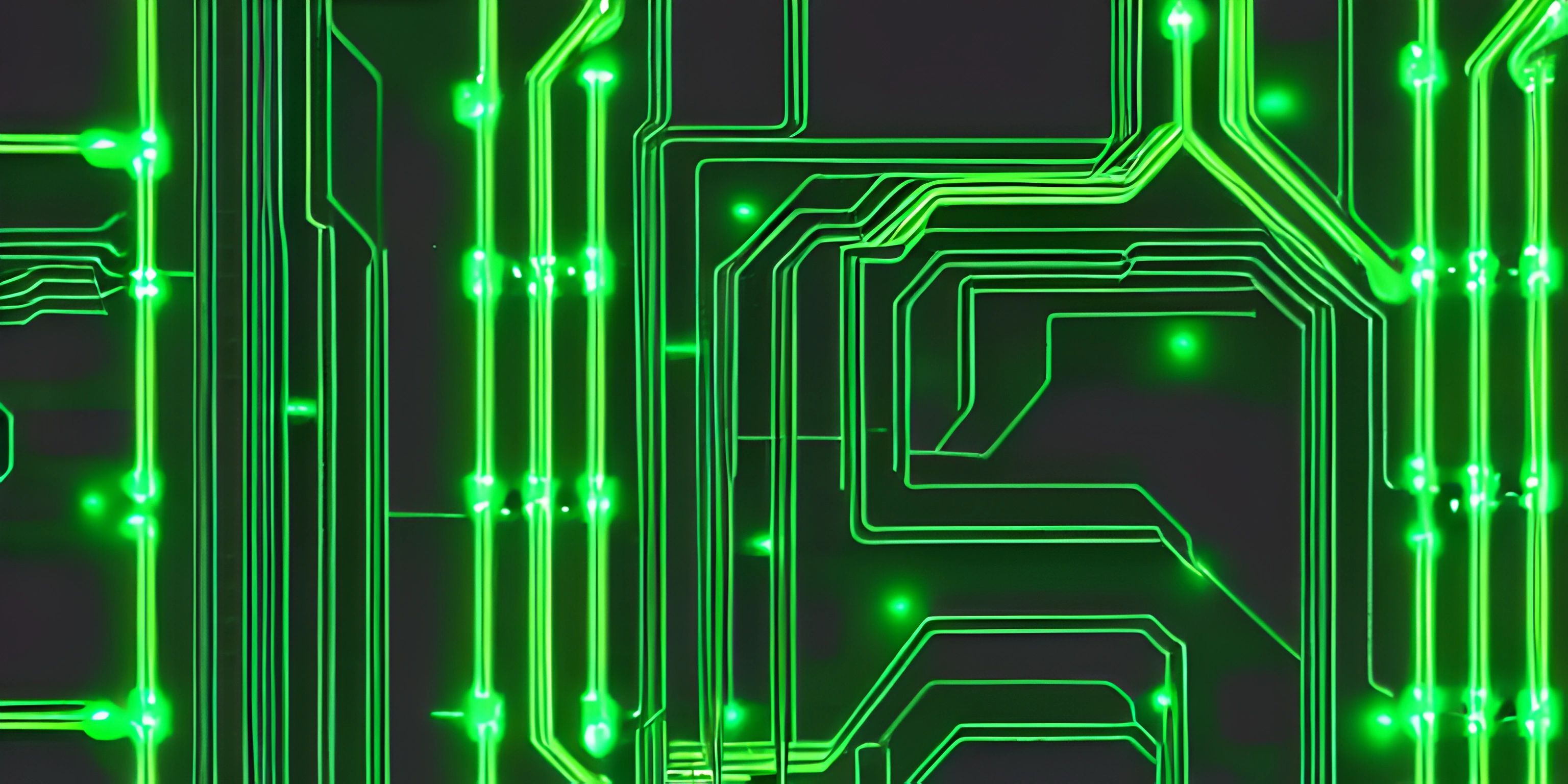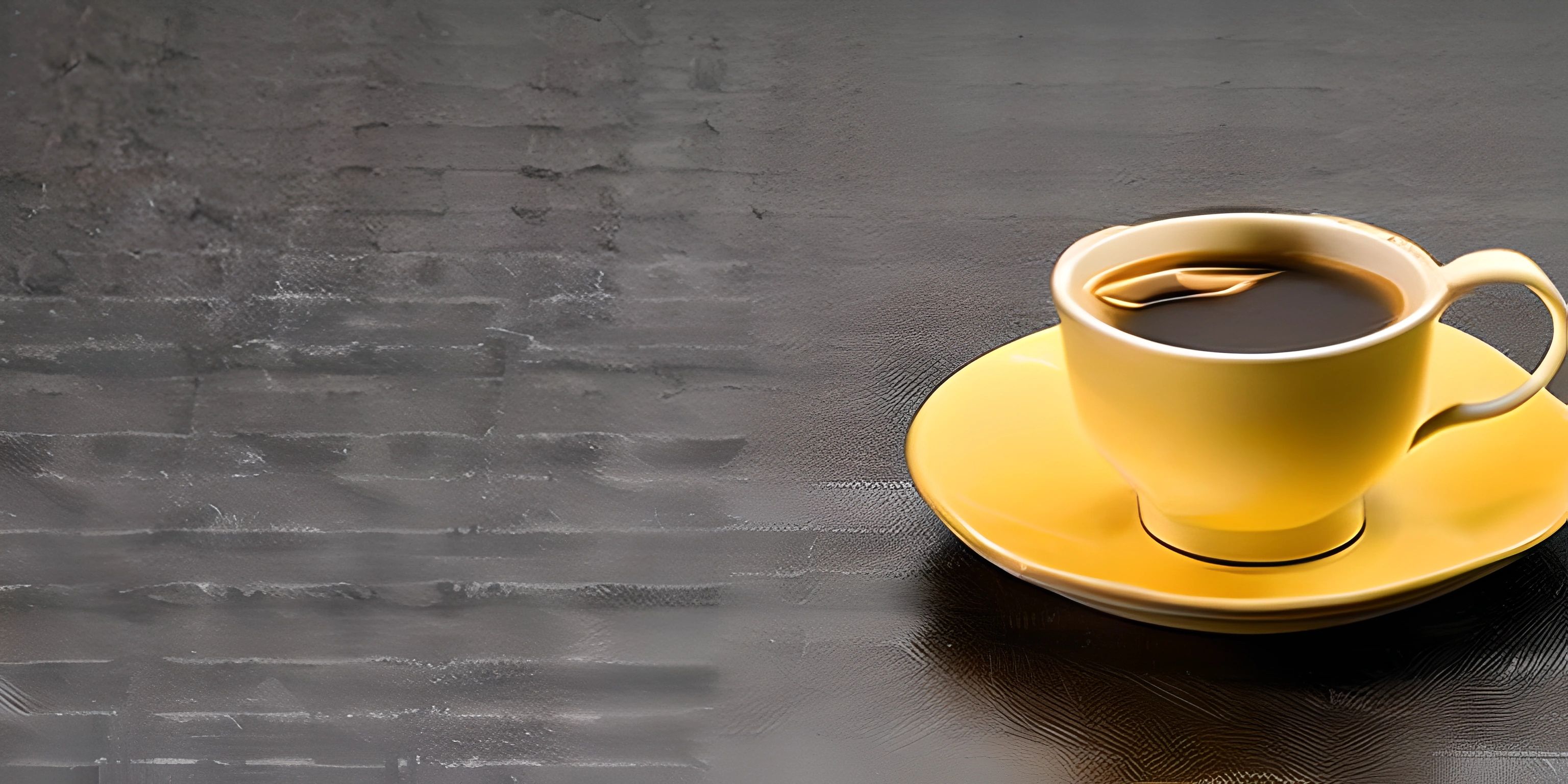Installing Node.js on Windows

Note: this page has been created with the use of AI. Please take caution, and note that the content of this page does not necessarily reflect the opinion of Cratecode.
Before we dive into the world of JavaScript and Node.js, we need to set up the environment on your Windows machine. Don't worry, it's as easy as pie, and we're here to walk you through every step of the way. By the end, you'll have Node.js and npm installed, and you'll be ready to start creating your own JavaScript magic.
Installing Node.js
First things first, we need to get Node.js on your machine. You might be asking, "What's Node.js?" Well, it's a JavaScript runtime that lets you run JavaScript on your server, or in simpler terms, outside your browser.
Step 1: Download the Installer
Head over to the official Node.js website. You'll see a couple of different versions you can download. We recommend going with the LTS (Long Term Support) version because it's more stable and has gone through more testing.
Step 2: Run the Installer
Once the installer has been downloaded, run it. Click through the installer's steps, but make sure to leave the default options selected, especially the one that includes npm (Node Package Manager).
Step 3: Verify the Installation
After the installation is complete, let's make sure everything is in order. Open up your command line (you can search for cmd in the Windows search bar). Type in node -v and npm -v. If everything went well, you should see the versions of Node.js and npm displayed in the command line. Congrats, you have successfully installed Node.js and npm!
Next Steps
With Node.js and npm installed, you're ready to start exploring the universe of JavaScript beyond the browser. Maybe you want to create a RESTful API or build a real-time chat application - the possibilities are endless!
Hey there! Want to learn more? Cratecode is an online learning platform that lets you forge your own path. Click here to check out a lesson: Async Rust (psst, it's free!).
FAQ
What version of Node.js should I install?
We recommend installing the LTS (Long Term Support) version of Node.js. This version is considered more stable and has undergone more rigorous testing, making it the better choice for most users.
I have completed the installation process, but the command line does not display the versions of Node.js and npm. What can I do?
You might want to try restarting your command line or even your computer. If that doesn't work, it's possible that there was a problem during the installation process. In this case, you might want to uninstall Node.js and try installing it again.
What can I do with Node.js?
Node.js lets you run JavaScript outside of the browser, opening up a whole new world of possibilities. For example, you can create a server, build web applications, create RESTful APIs, and much more. With Node.js, you can essentially build anything that you could build with any other back-end language.





